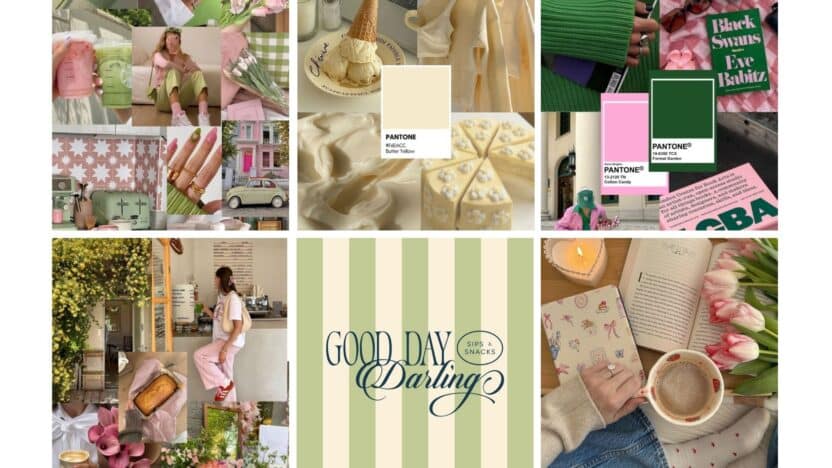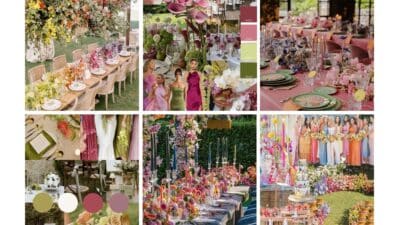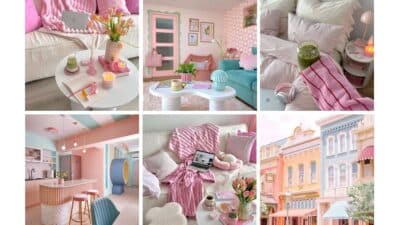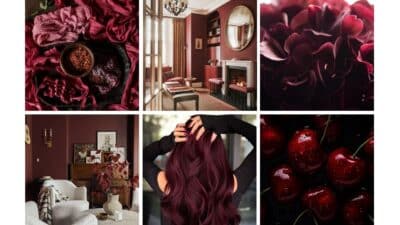Colors do more than make a space look nice—they can shape how you feel and even influence how you act. Different shades affect mood in specific ways: warm tones like red and orange often spark energy, while cool tones like blue and green tend to calm and relax. By paying attention to these effects, you can use color to create surroundings that support your goals and well-being.
You interact with color constantly, whether choosing clothes, decorating a room, or setting the tone for work. Each choice carries subtle psychological effects that can boost focus, reduce stress, or encourage connection. Learning how shades influence mood helps you make intentional decisions that improve daily life.
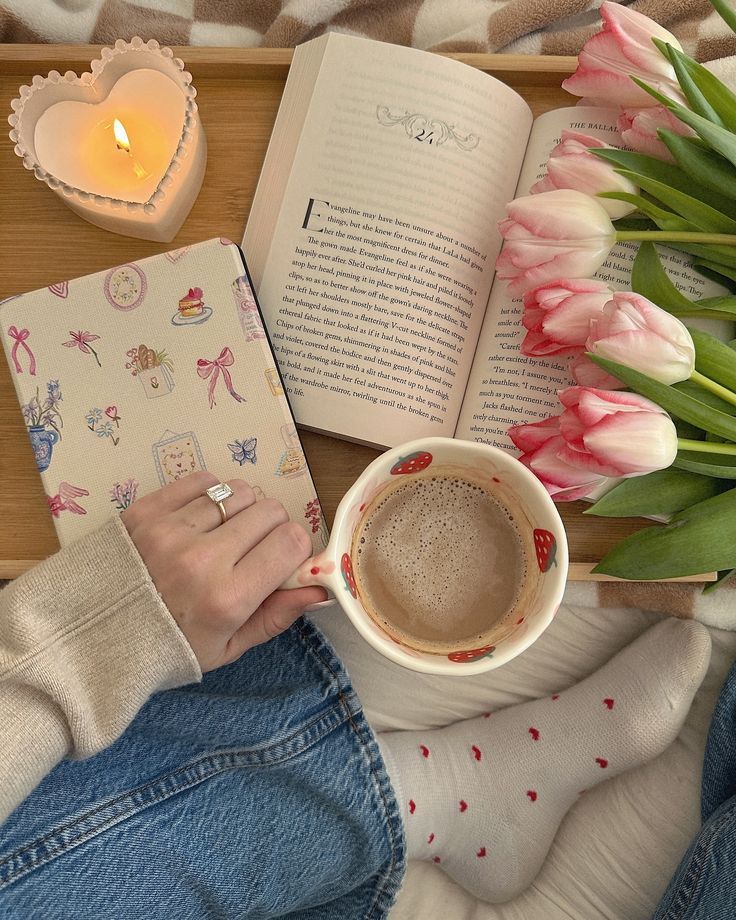
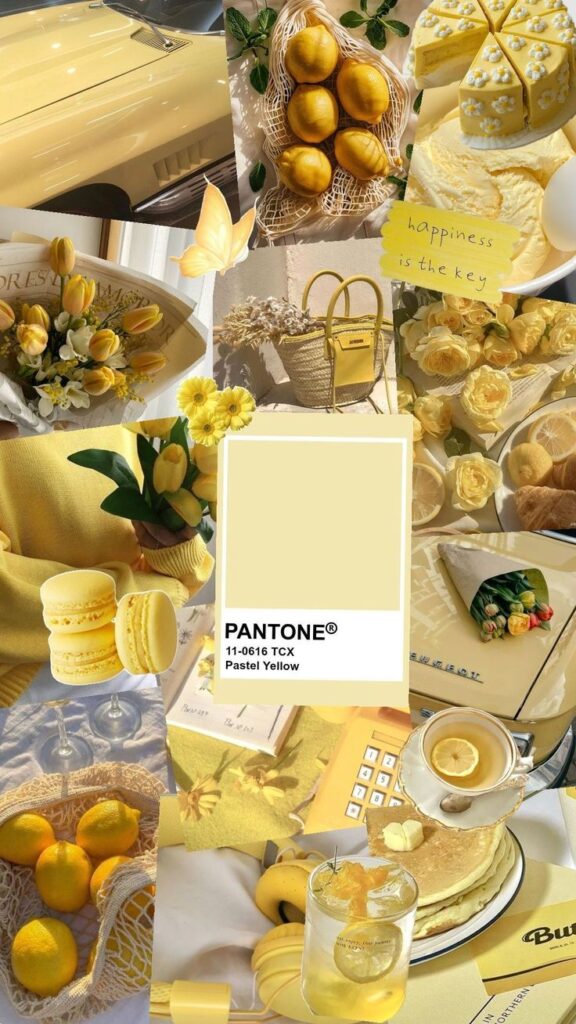
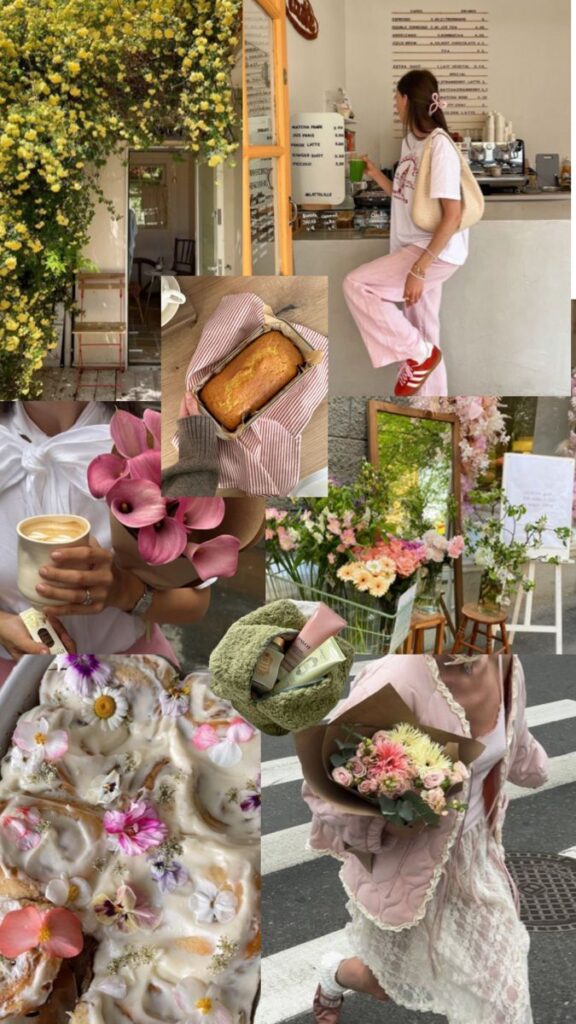
Key Takeaways
- Color influences emotions and behavior in everyday settings
- Different shades can energize, calm, or balance mood
- Using color purposefully supports mental and emotional well-being
Understanding the Psychology of Color
Colors affect how you feel, how you behave, and even how you make decisions. They can shape your mood in subtle ways, from calming your mind to energizing your body, and they are used in both everyday life and therapeutic practices.
What Is Color Psychology?
Color psychology is the study of how different shades influence your thoughts, feelings, and behaviors. It looks at how your brain and body respond to visual stimuli, whether it’s the calming effect of blue or the stimulating nature of red.
Researchers have found that responses to color can vary depending on culture, age, and personal experiences. For example, white may represent purity in one culture but mourning in another.
You encounter these effects daily, often without noticing. The color of your clothing, the paint on your walls, or even the design of a website can subtly shape your mood and perception.
In marketing and design, color psychology is widely applied to guide choices and create specific impressions. A brand may use green to suggest growth and balance, while yellow can signal optimism and friendliness.
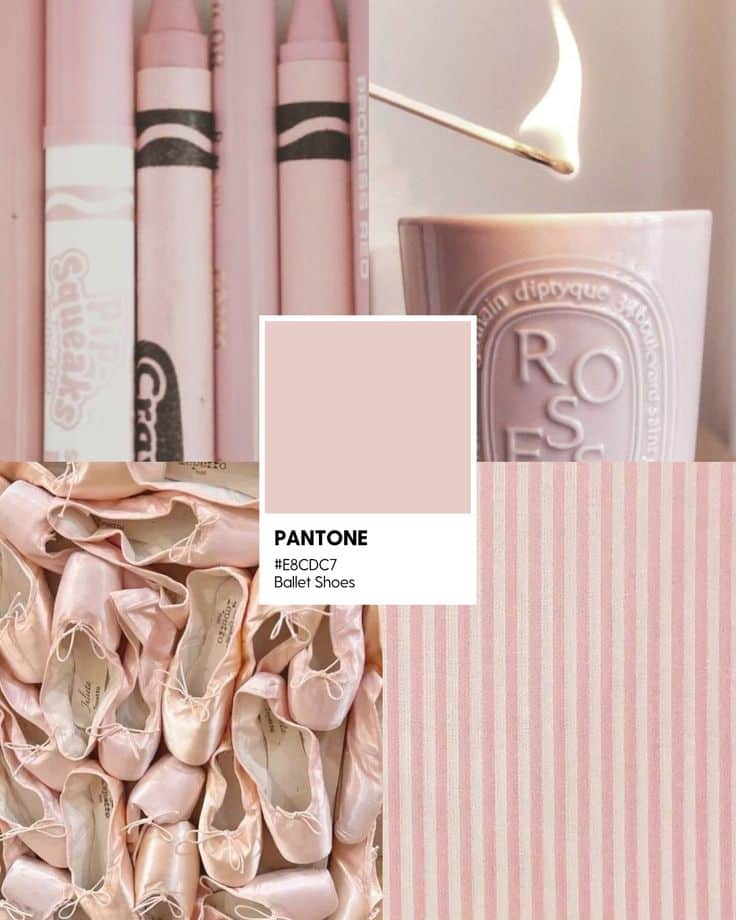
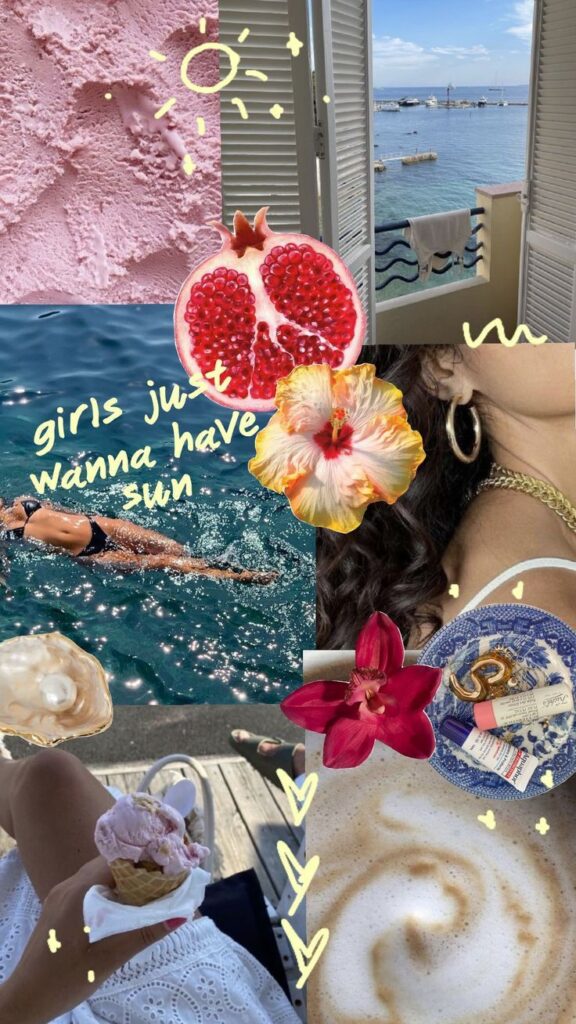
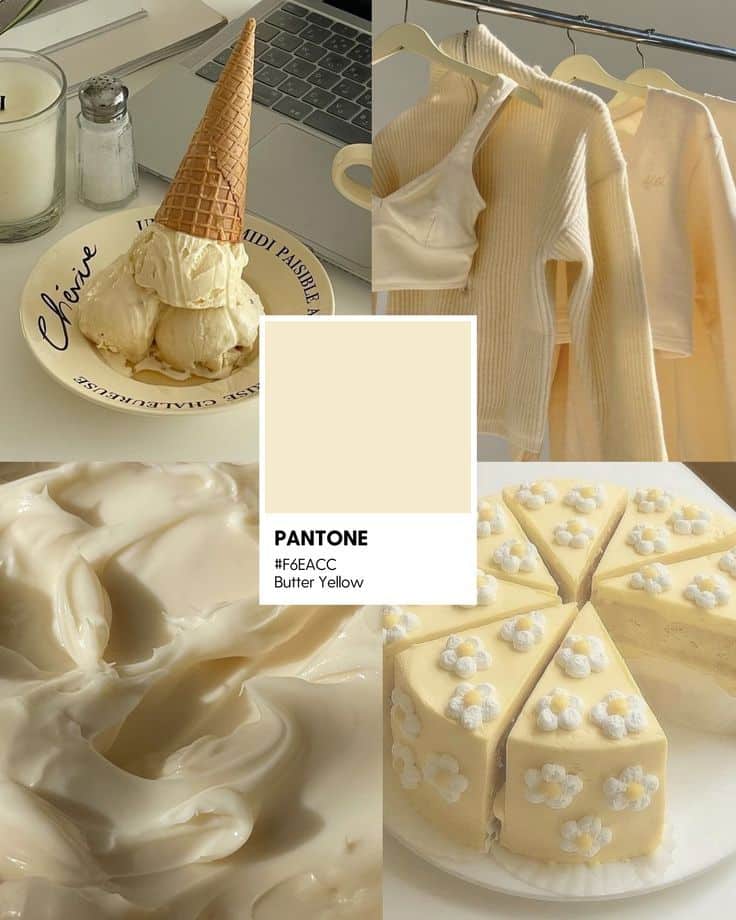
How Color Influences Human Emotion
Colors can trigger emotional responses that affect how you feel in a given moment. Warm colors like red, orange, and yellow often create feelings of energy, excitement, or urgency. Cool colors like blue, green, and purple tend to promote calmness, focus, and relaxation.
These associations are not absolute, but many patterns appear consistently across studies. For instance:
- Red: linked with alertness, passion, and sometimes stress
- Blue: associated with trust, calm, and stability
- Green: connected to balance, nature, and renewal
- Yellow: tied to cheerfulness but also overstimulation if overused
Your environment plays a role in how strong these effects feel. A bright yellow room may lift your mood at first but feel overwhelming if you spend too much time there.
Understanding these connections helps you choose colors that support your goals, whether you want to relax, focus, or feel energized.
The Role of Chromotherapy in Mood
Chromotherapy, often called color therapy, uses specific colors to support mental and physical well-being. Practitioners believe that exposure to certain hues can help restore balance in the body and mind.
For example, blue light is sometimes used to promote relaxation and improve sleep cycles, while green light may reduce stress and create a sense of harmony. Red light, on the other hand, is thought to stimulate energy and circulation.
While chromotherapy is considered complementary rather than a primary medical treatment, it has gained attention for its potential benefits. You may encounter it in wellness centers, spas, or even in light-based devices designed for home use.
Although scientific evidence is mixed, many people report positive experiences when incorporating color-based practices into their routines. By experimenting with color exposure, you can explore how different shades influence your own mood and comfort.


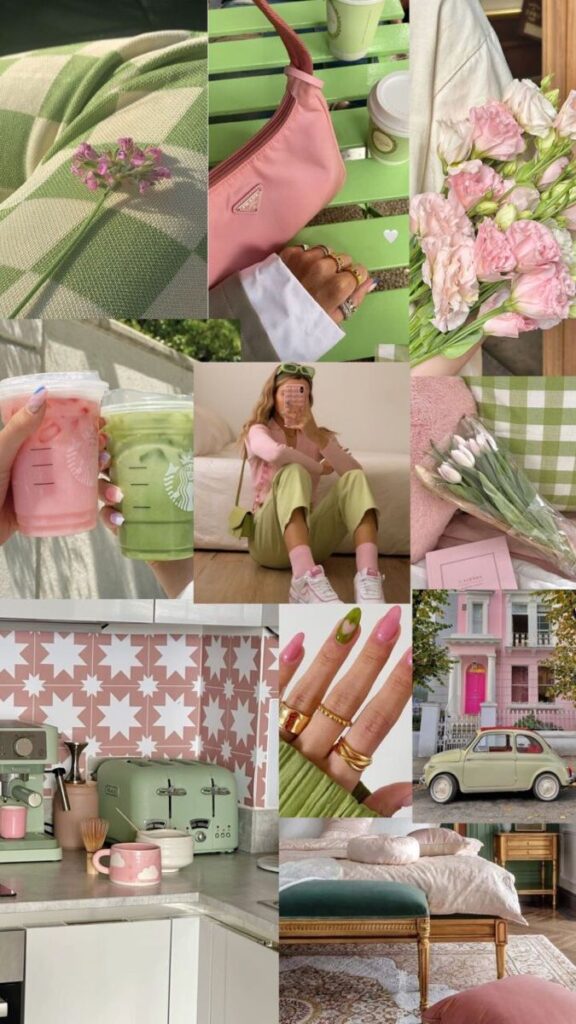
How Different Shades Affect Mood
Colors can influence how you feel, how you focus, and even how you interact with your surroundings. Some shades may help you relax, while others can lift your energy or sharpen your attention in specific situations.
Calming Colors and Their Effects
When you want to create a sense of peace, calming colors like blue, green, and soft neutrals often work best. These shades are linked to lower stress levels and can help you feel more at ease in your environment.
Blue tones often bring to mind open skies or calm water, which can make you feel more secure and steady. Green, associated with nature, may help you feel refreshed and balanced.
Lighter shades, such as pale gray or soft beige, create a neutral backdrop that reduces overstimulation. You can use these colors in bedrooms, offices, or reading spaces where relaxation and focus matter most.
Energizing Colors and Emotional Responses
Energizing colors like red, orange, and yellow tend to spark stronger emotional responses. These shades are often stimulating because they can increase alertness and even raise your sense of excitement or urgency.
Red is commonly tied to passion and intensity. It may boost energy in social spaces but can feel overwhelming if overused. Orange often feels lively and friendly, making it a good choice for areas where you want conversation and activity.
Yellow, especially in brighter tones, can promote feelings of optimism and warmth. However, too much yellow in a space may feel distracting, so using it in moderation works best.
Cool Colors Versus Warm Colors
Cool colors such as blue, green, and violet generally create a soothing effect, while warm colors like red, orange, and yellow are more stimulating. This difference comes from how your brain interprets color signals, which can influence mood and even physical responses like heart rate.
Cool colors often help you concentrate or unwind, making them useful in study areas or bedrooms. Warm colors, on the other hand, can make spaces feel more inviting and energetic, which works well in kitchens and living rooms.
A simple way to compare:
| Cool Colors | Mood Effect |
|---|---|
| Blue | Calm, secure |
| Green | Balanced, fresh |
| Violet | Reflective, quiet |
| Warm Colors | Mood Effect |
|---|---|
| Red | Excited, intense |
| Orange | Friendly, lively |
| Yellow | Cheerful, bright |
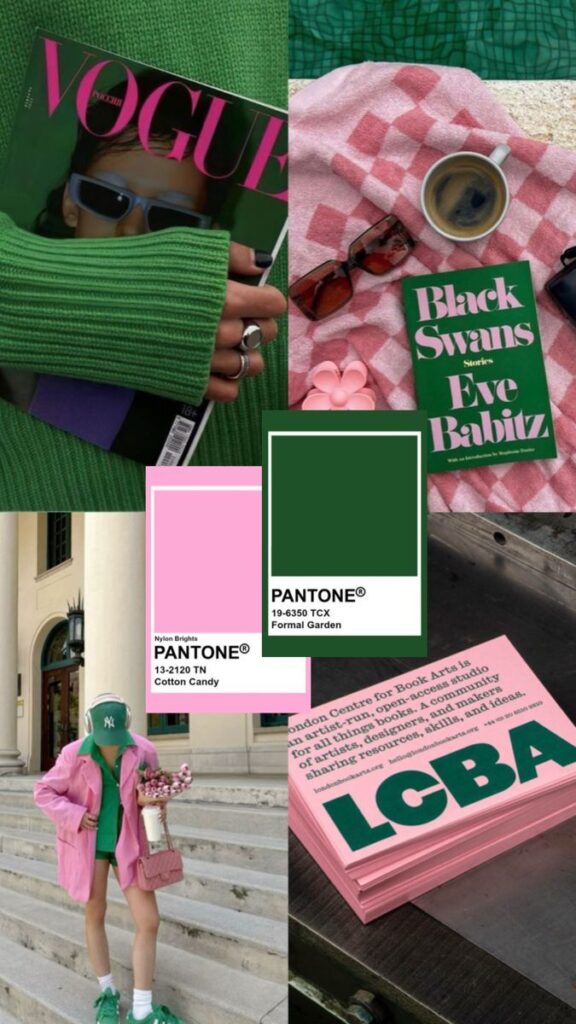
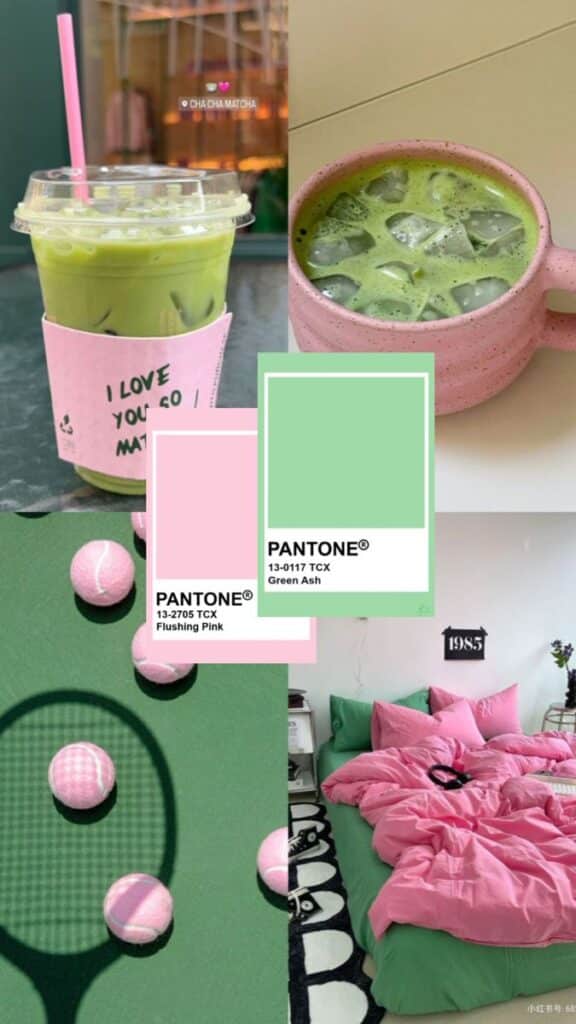
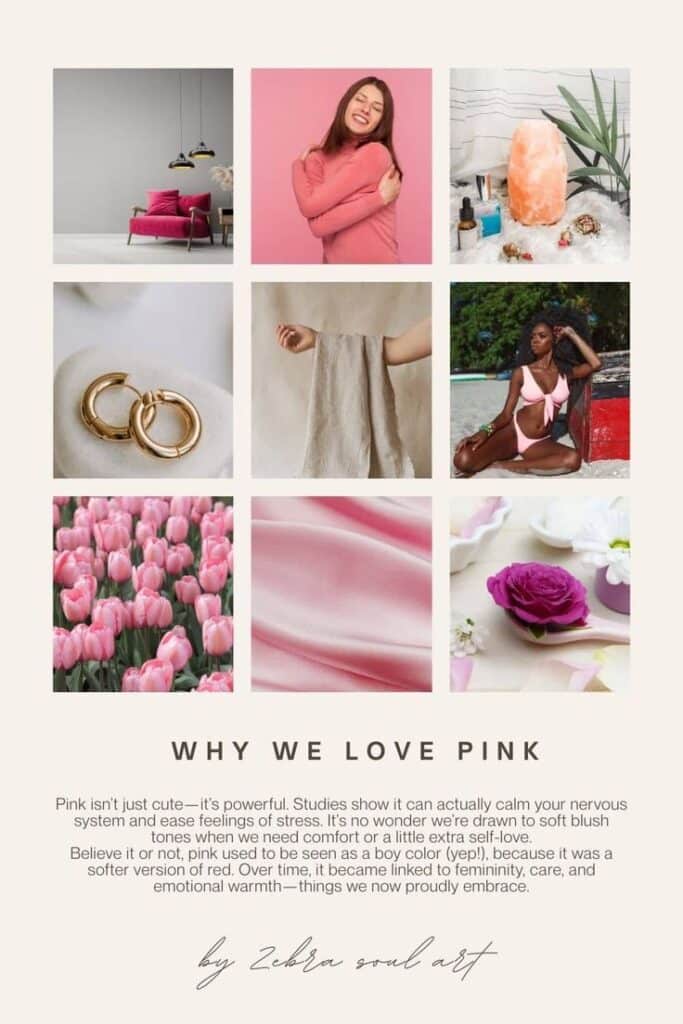
Color and Mental Health Applications
You can use color to support mental health in practical ways, from therapy environments to your daily surroundings. How you respond to different shades also depends on personal history and cultural background, making color a flexible tool rather than a one-size-fits-all solution.
Color in Therapeutic Settings
Therapists often design rooms with calming colors to reduce stress and create a safe atmosphere. Soft greens and blues are common because they are linked with relaxation and lower anxiety levels. In contrast, bright reds or oranges are rarely used in therapy rooms since they can feel overwhelming.
Some practices use chromotherapy, also called color therapy, which involves exposure to certain hues to encourage emotional balance. For example, blue light may help with sleep regulation, while green tones can promote a sense of renewal.
You also see color applied in hospitals and clinics. Pale blues and greens are often chosen for walls to help patients feel calmer, while warmer tones are limited to accents to avoid overstimulation. This shows how intentional use of color can support healing environments.
Impact of Color on Everyday Well-Being
You encounter color daily in your home, workplace, and public spaces, and each environment affects your mood. Bright yellows can boost alertness and focus, while muted tones like beige or gray may feel dull if overused.
In your living space, you might use cool colors such as blue for bedrooms to improve rest, and energizing colors such as orange in kitchens or gyms to encourage activity. Even small changes, like adding green plants, can shift the mood of a room.
Color also plays a role in productivity and stress levels. Offices with balanced palettes that mix neutral bases with controlled pops of color often help reduce fatigue and improve concentration.
Personal and Cultural Differences in Color Perception
Your response to color is not only biological but also shaped by culture and personal experience. For instance, while white often symbolizes purity in Western traditions, it is associated with mourning in parts of East Asia.
Age can also influence perception. Children tend to prefer bright, saturated colors, while adults often lean toward softer shades. Personal memories further shape reactions—for example, a specific shade of blue may feel comforting if it reminds you of a favorite place.
Because of these differences, the psychology of color cannot be applied universally. When choosing colors for your surroundings, you should consider both general effects and your unique associations to make them meaningful for your mental health.


